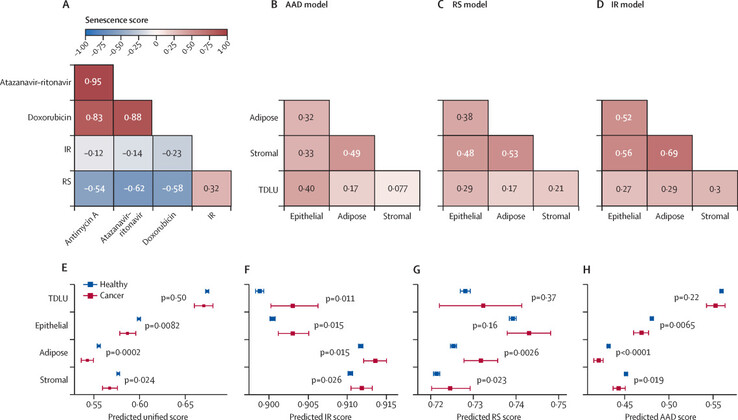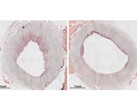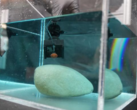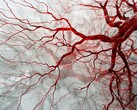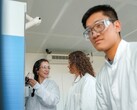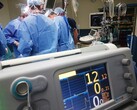New groundbreaking AI deep learning model is nearly five times better at predicting breast cancer risk than traditional ones
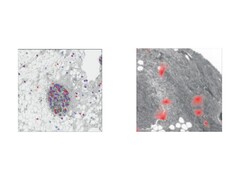
A new study from the University of Copenhagen has shown that artificial intelligence (AI) could drastically transform how we assess breast cancer risk. Breast cancer is one of the most common cancers worldwide. In the U.S. alone, 287,850 new cases and 43,250 deaths occur annually. The new research, published in The Lancet Digital Health, suggests promising results based on AI models that are trained to detect cellular senescence, and can predict the risk of future breast cancer way more effectively than current clinical benchmarks.
The basics first — what is cellular senescence? It is a process in which damaged or aging cells stop dividing but remain active. It is often linked with aging-related diseases, including cancer. These “senescent” cells are sometimes described as “zombie cells” because they are no longer functioning normally but still emit inflammatory signals — which could lead to tumor growth. While senescence can act as a natural brake on uncontrolled cell division, it paradoxically can also promote cancer through these inflammatory signals, known as the senescence-associated secretory phenotype (SASP).
Until now, measuring senescence in human tissues has been difficult due to the lack of specific biomarkers. The study from the University of Copenhagen, however, uses deep learning AI to analyze nuclear morphologies—the shapes of cell nuclei—in breast tissue samples. What this does is, it allows the prediction of breast cancer risk based on changes in senescent cells, even in healthy biopsy samples.
The researchers conducted a retrospective cohort study using breast tissue biopsies from 4,382 healthy women. These samples were analyzed with a deep learning tool called the Nuclear Senescence Predictor (NUSP). The AI model examined well over 32 million nuclei across various tissue types to detect senescent cells and determine their distribution within the tissue. Through careful evaluation of these senescent cells in epithelial, adipose, and stromal tissue, the AI system was able to correlate patterns of senescence with future cancer risk. For reference, Epithelial tissue forms the lining of glands and surfaces in the body, including breast ducts, where cancer often begins. Adipose tissue is made of fat cells that store energy, and stromal tissue provides structural support to organs, including connective tissues that surround and support epithelial cells.
The overall results were more than just promising. Women whose tissue samples showed specific patterns of senescence had a higher or lower likelihood of developing breast cancer, depending on the type of senescence detected. For example, one model (trained on senescence caused by DNA damage) indicated a higher cancer risk when high levels of senescent cells were present in the tissue. Another model (trained on drug-induced senescence) suggested a protective effect, lowering the same risk.
Compared to the Gail model—which is the current clinical gold standard for predicting breast cancer risk—the AI model demonstrated far superior accuracy. When combined with the Gail score, the AI model increased the odds' ratio (a measure of how strongly certain risk factors predict outcomes) to 4.70, nearly five times the predictive power of the Gail score alone.
This breakthrough, if and when commercialized, could offer clinicians a much more refined way of identifying high-risk individuals and providing much-needed interventions. The ability to predict breast cancer risk several years before it develops may lead to earlier diagnoses and more personalized screening programs, reducing unnecessary tests for low-risk women and increasing surveillance for high-risk individuals.
The potential of AI is immense here, especially when it comes to advancing cancer diagnostics. Although the technology is still in development (and will be for a fair amount of time), its application could revolutionize breast cancer screening. By using standard tissue samples, this AI method can be deployed globally.
While a lot of additional research is needed to refine said models, improved risk prediction could lead to earlier cancer detection, more effective treatment plans, and ultimately, lower mortality rates from breast cancer. This is a real-world application of AI everyone can get behind.




